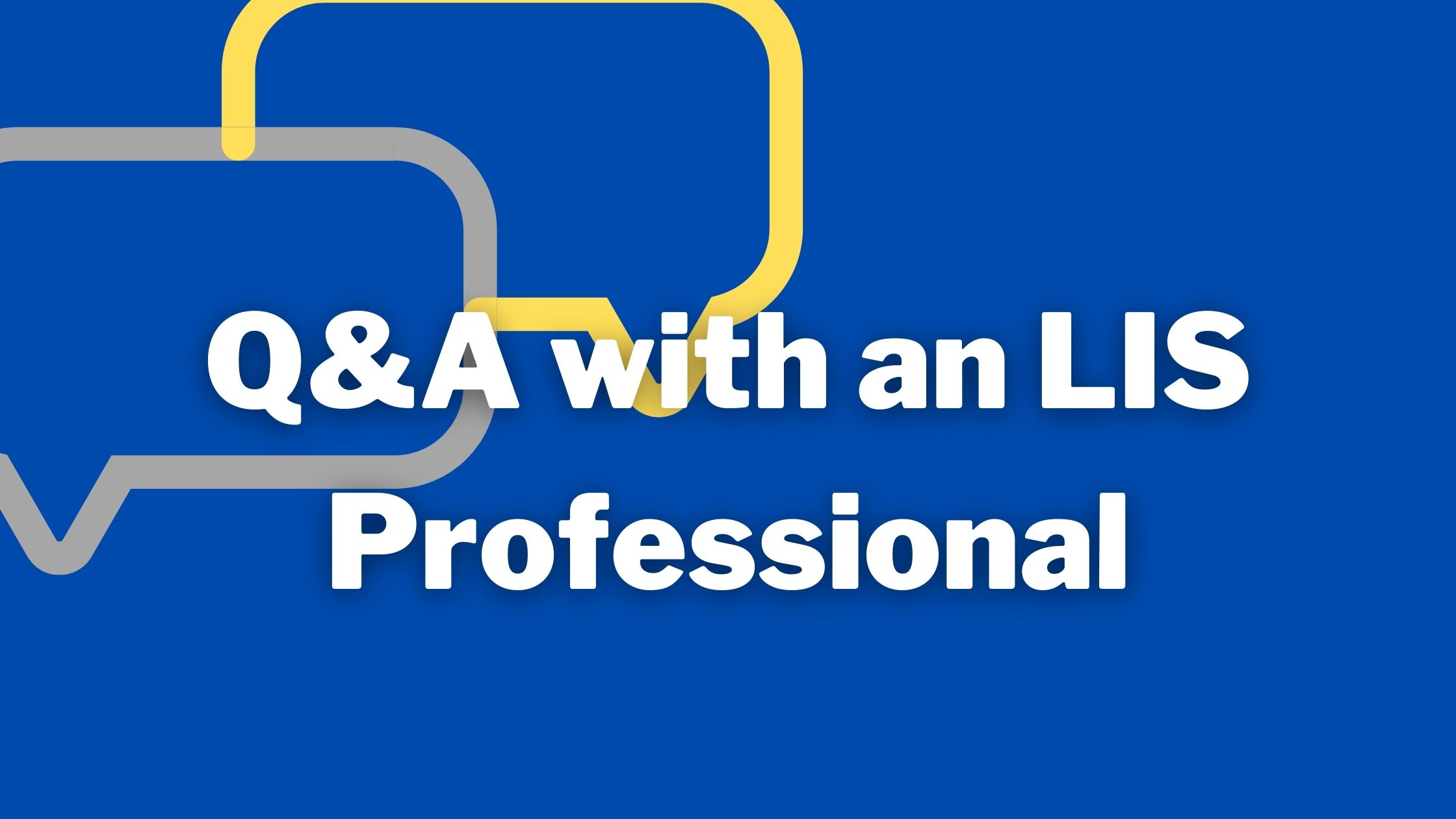In February, after attending a Web of Science training session for Vicki Steiner’s Online Searching class (INFO 244), I connected with Tracy Matthews, the Digital Education Specialist at Clarivate.
Hired right out of Drexel after receiving her MSLS, Tracy is celebrating 21 years of training librarians and other users on how to use Clarivate resources, like Web of Science and its recent acquisition ProQuest.
I took the opportunity to ask her about how the skills she gained in school and in libraries prepared her for non-traditional LIS work for a vendor. The good news for those of you considering the same path: your library experience still counts!
ALASC: You are a Digital Education Specialist. What does that mean?
Tracy Matthews: I’m basically an instructional designer, creating learning materials like videos, documentation, and self-guided courses. The goal is to help our Web of Science and InCites users get the most out of their time in our resources, learning at their own pace and on their own schedule. I use my library skills to enable our learners to find what they’re looking for and solve their information needs. I administer our LibGuides presence and contribute to our learning portal.
ALASC: What skills do you use from past experiences?
TM: Everything I have learned about libraries, whether from school or hands-on experience, is useful in my daily work. Understanding the challenges of both librarians and researchers is key to being able to create meaningful instruction. My time on the reference desk and meeting with librarians and researchers across the world has taught me so much about user behavior and information seeking.
ALASC: At SJSU, a lot of people are on “tracks” towards public and academic librarianship and data management, among others. What were your interests while you were studying at Drexel? How did those interests change over time?
 TM: My interests, if I’m being honest, were quite scattered. The only thing I knew with certainty was that I wasn’t cut out for cataloging and tech services. I wanted to work directly with researchers in some capacity. At the time I attended Drexel there weren’t formal tracks. There was a lot of freedom to develop a path to meet your own needs. It was great, but I was quite unsure about my final goal, so I took classes across the curriculum in science resources, visual information retrieval, digital libraries, content representation, and more. I discovered I had an affinity for all forms of classification, indexing and information retrieval. I did a year-long internship in an academic health sciences library working reference, which was a lot of fun, before landing my first role at the Institute for Scientific Information where I began learning extensively about citation indexing and bibliometrics. So, I really didn’t have a grand plan, but the stars aligned in the end. So be encouraged if that sounds like you too.
TM: My interests, if I’m being honest, were quite scattered. The only thing I knew with certainty was that I wasn’t cut out for cataloging and tech services. I wanted to work directly with researchers in some capacity. At the time I attended Drexel there weren’t formal tracks. There was a lot of freedom to develop a path to meet your own needs. It was great, but I was quite unsure about my final goal, so I took classes across the curriculum in science resources, visual information retrieval, digital libraries, content representation, and more. I discovered I had an affinity for all forms of classification, indexing and information retrieval. I did a year-long internship in an academic health sciences library working reference, which was a lot of fun, before landing my first role at the Institute for Scientific Information where I began learning extensively about citation indexing and bibliometrics. So, I really didn’t have a grand plan, but the stars aligned in the end. So be encouraged if that sounds like you too.
ALASC: Looking back at 21 years at Clarivate, how do you feel you’ve grown into the role?
TM: When I first began as a trainer, my instruction was delivered 100% in person, but I was absolutely terrified of public speaking! I really had to stretch myself to feel comfortable talking to large groups. There is no better way to gain confidence in holding an audience and communicating complex information than to do it over and over again, while accepting lots of constructive feedback. Over time the delivery mode of my instruction shifted to be virtual, which is another set of skills to learn, and then eventually into the realm of instructional design and communicating asynchronously. I think the common threads are being able to distill complex topics into digestible information and understanding user needs.
ALASC: What advice do you have for students thinking about applying for jobs outside of traditional LIS settings?
Most of us go to library school because we absolutely love libraries. It really is a vocation for many of us, but we can also get wrapped up in thinking our identity as a librarian is tied to the physical library. Librarianship is about getting the right information to the right user at the right time. You can use those skills in many different settings, and you’ll still be a librarian.
Specifically in the vendor space where I work, businesses that support libraries need people who understand libraries and can act as liaisons between the business and the customer. We have librarians working across the business in product development, education, customer support, sales, editorial, content and data management. I’m sure I’m leaving some out. There isn’t a single path into a non-traditional library career.
I do think it’s useful to spend some time working in a traditional library setting. Working the reference desk, answering questions, and just seeing how libraries operate daily is invaluable. That time was helpful for me in confirming what I did and didn’t like about the traditional library setting before taking a different path. I think it’s about figuring out what makes you tick and where your aptitudes align. And don’t think that you’ll necessarily be good at something instantly – I had doubts initially that I would be a good instructor, but it turned out to be the best fit for me. 
Also, reach out to people who have taken a non-traditional path and ask them about their experiences. I’m always happy to connect, so feel free to reach out to me and I can help connect you with others in my network.
Special thanks to Tracy for taking the time to answer my questions.
If you have a question I didn’t think of, Tracy welcomes library students to connect with her on LinkedIn.


